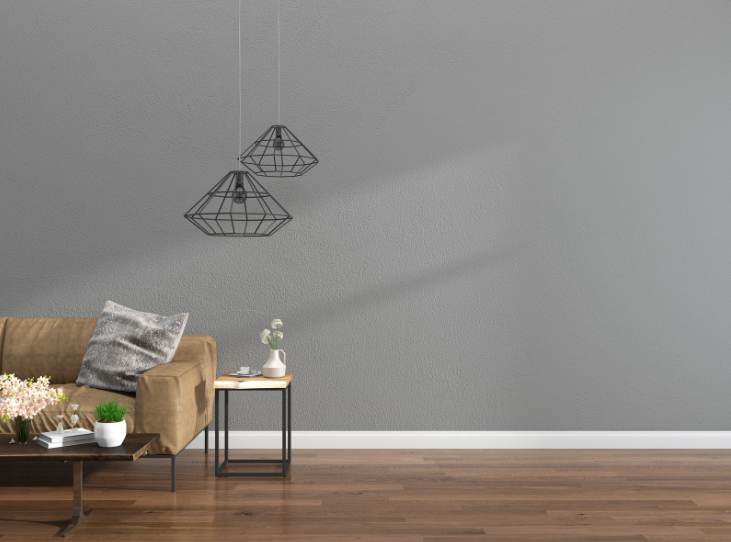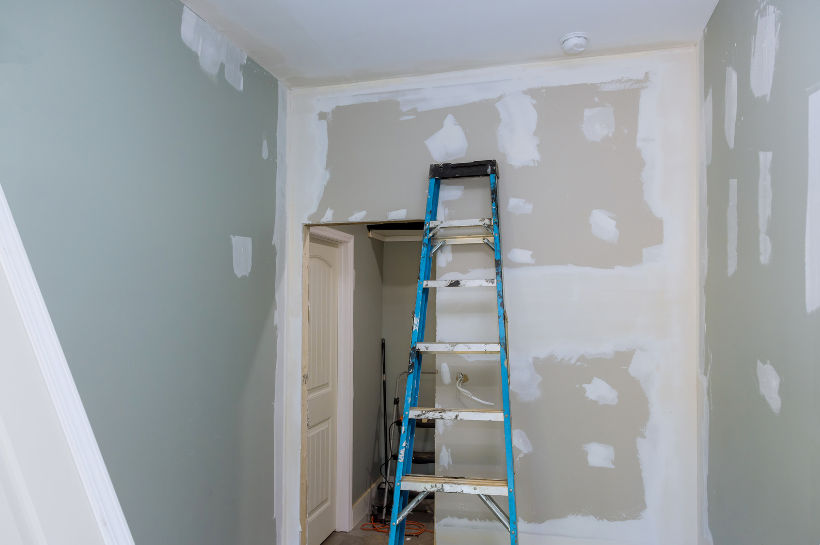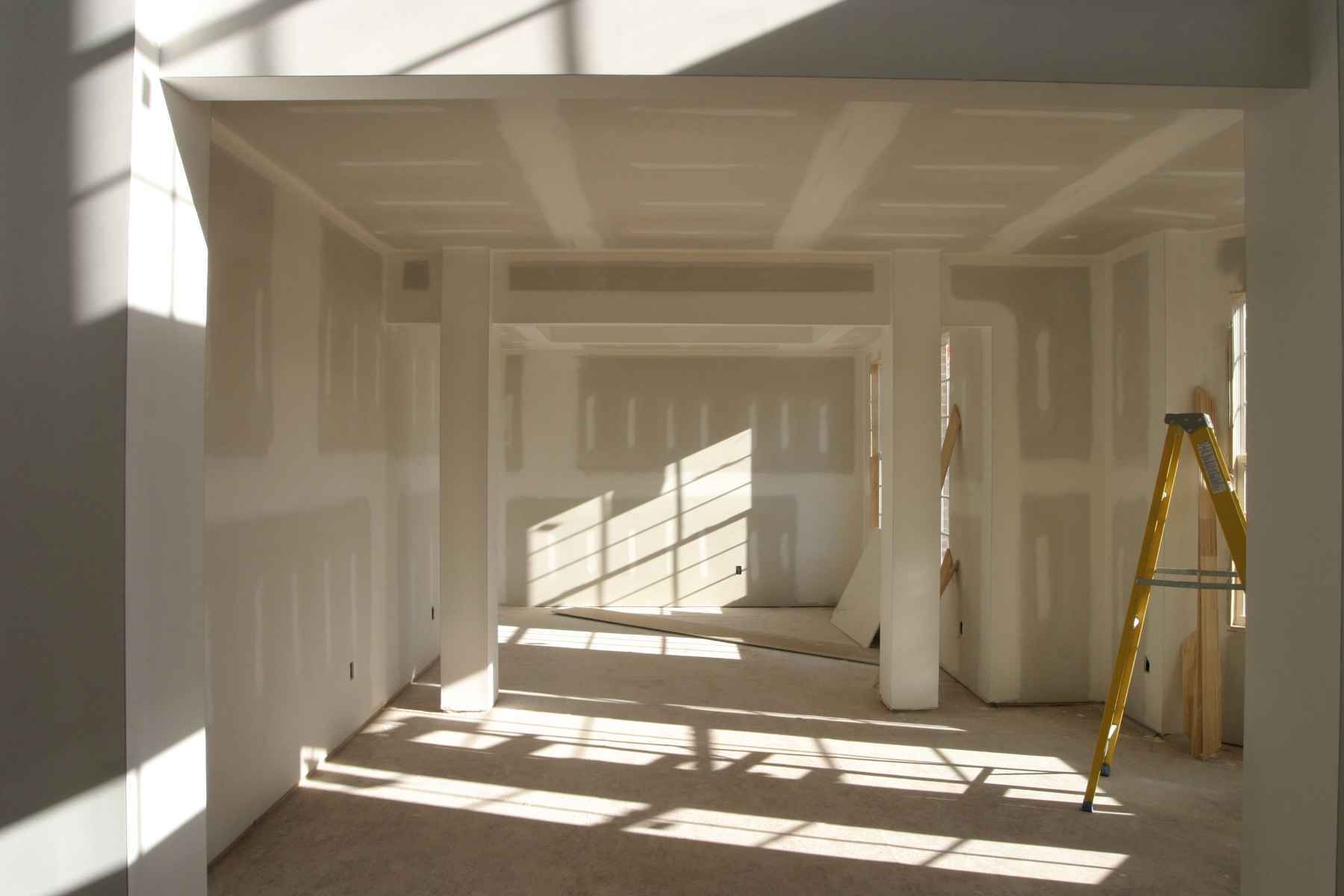Drywall 101: An Introduction to the Basics
When it comes to constructing or renovating homes, offices, or commercial spaces, one material stands out as a fundamental element in interior finishing: drywall. Also known as gypsum board or plasterboard, drywall is a ubiquitous feature in modern construction due to its versatility, affordability, and ease of installation. Whether you're a seasoned contractor or a DIY enthusiast, understanding the basics of drywall is essential. In this brief guide, we'll look at the fundamentals of drywall, its composition, installation process, and key considerations.
What is Drywall?
Before we can delve deeper into the different types and uses of drywall, it is important have a basic understanding of the material we are working with. Drywall consists of gypsum plaster sandwiched between two layers of paper. The gypsum core provides rigidity and fire resistance, while the paper layers offer durability and facilitate easy finishing. Available in various thicknesses and sizes, drywall panels are manufactured in standard dimensions suitable for different applications.
Composition of Drywall
The primary component of drywall, gypsum, is a soft sulfate mineral known for its fire-resistant properties. When mixed with water, gypsum forms a paste that solidifies into a hard substance, providing a stable core for each drywall panel.
The outer layers of paper serve multiple purposes. The front-facing paper provides a smooth surface for painting or wallpapering, while the back paper enhances structural integrity and prevents moisture absorption.
Types of Drywall
Standard drywall is the most common type of drywall used for interior walls and ceilings in residential and commercial construction. This all-purpose material is used anywhere that special considerations, such as moisture and fire-resistance, are not needed.
Moisture-resistant drywall is ideal for areas prone to moisture such as bathrooms, kitchens, and basements. It features water-repellent paper facing that helps prevent mold and mildew growth.
Fire-Resistant drywall is designed to slow the spread of fire. It does this by means of special additives or glass fibers in the gypsum core that offer enhanced fire protection.
Installation Process
Though simple and straight-forward in its technique, drywall installation requires a steady hand and a tried-and-true process. This is a brief overview of our drywall installation process:
Preparation: Before installing drywall, ensure the framing is structurally sound and meets building codes. Measure and cut drywall panels to fit the dimensions of the walls or ceilings.
Hanging: Using drywall screws, attach the panels to the framing studs or joists, starting from the ceiling and working downwards. Leave a small gap between panels for expansion and contraction.
Taping and Mudding: Apply drywall tape over the seams between panels and cover with joint compound (also known as mud). Smooth the mud with a drywall knife to create a seamless surface.
Sanding and Finishing: Once the mud dries, sand the joints to achieve a smooth texture. Apply additional coats of mud as needed, sanding between each coat until the surface is uniform and free of imperfections.
Priming and Painting: Before painting, apply a coat of primer to seal the drywall surface and enhance paint adhesion. Choose high-quality paint suitable for interior walls and apply evenly for a professional finish.
Key Considerations
When dealing with drywall, there are a few key items to keep in mind:
Safety: When handling drywall panels and tools, wear appropriate safety gear such as gloves, goggles, and dust masks to protect against injuries and airborne particles.
Moisture Control: Proper ventilation and moisture barriers are essential to prevent moisture buildup and ensure the longevity of drywall installations, especially in humid environments.
Quality Materials: Invest in high-quality drywall panels, screws, joint compound, and painting supplies to achieve durable and aesthetically pleasing results.
Drywall serves as the backbone of modern interior construction, offering a cost-effective and versatile solution for partitioning spaces, concealing wiring and plumbing, and creating smooth, paintable surfaces. By understanding the basics of drywall composition, installation techniques, and maintenance requirements, homeowners and contractors alike can make informed choices while transforming living and working environments.
Whether you're embarking on a renovation project or constructing a new building, drywall is sure to be an important part of the project. Call us today to get the right materials installed the right way for long-lasting and beautiful walls!
You might also like



